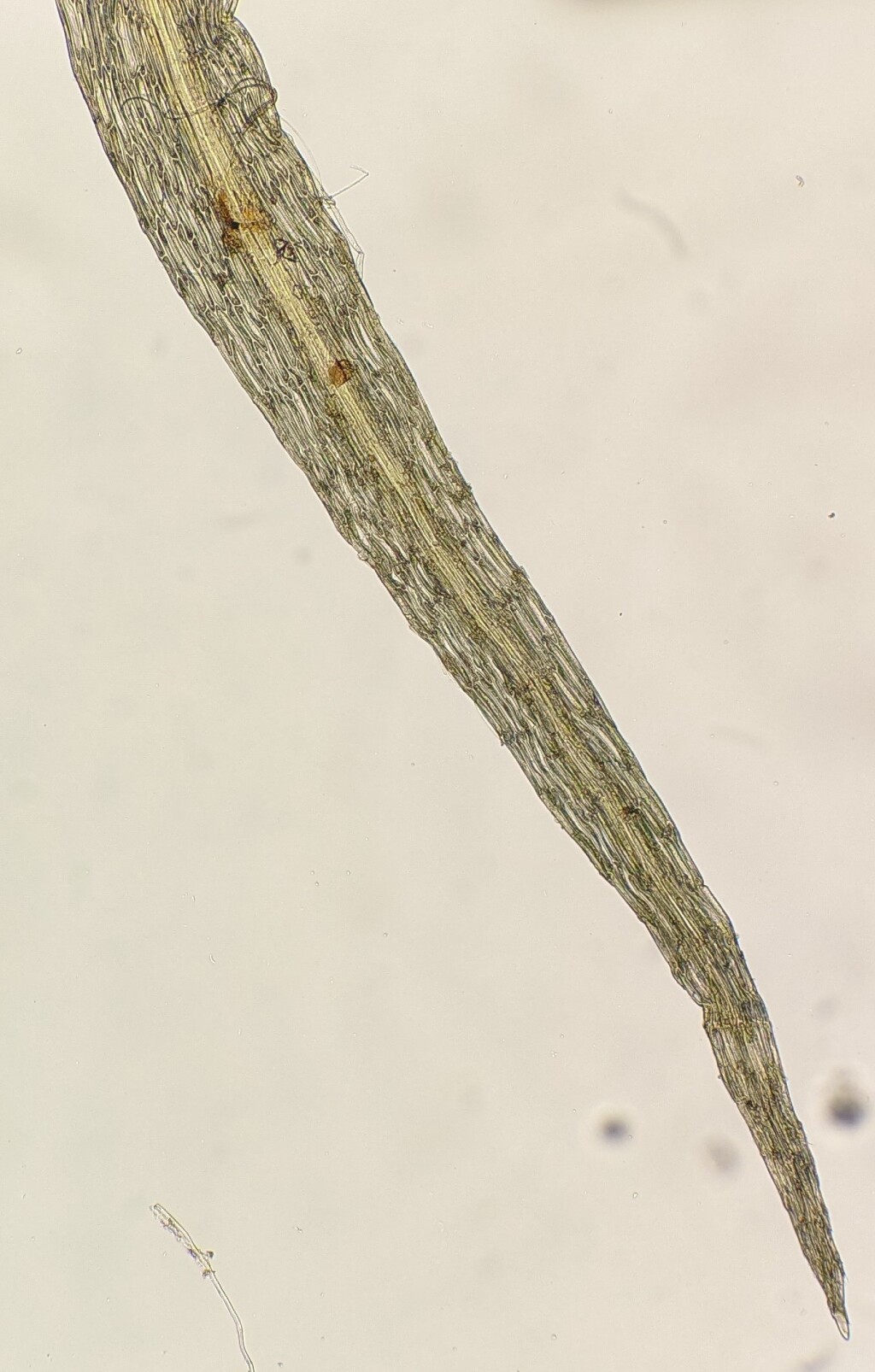Orthodontium
Autoicous, paroicous or possibly dioicous. Asexual reproduction by rhizoidal tubers (not in Victoria). Turves on logs or stumps. Stems simple, forked or branching by innovation, covered by rhizoids toward base and with rhizoids at leaf bases; central strand present and weak or absent. Leaves lanceolate to linear-lanceolate, erect-spreading to wide-spreading and sometimes somewhat secund when moist, scarcely altered when dry; apex acute; costa subpercurrent or percurrent; margin entire or serrulate near apex, plane or reflexed (not in Victoria), without a border; laminal cells elongate -hexagonal to linear, becoming shorter and wider at base, smooth; alar cells scarcely differentiated. Acrocarpous. Capsule erect or inclined (not in Victoria), symmetric or slightly asymmetric, cylindric, pyriform or urceolate, sulcate or smooth when dry, without an annulus or annulus poorly developed, with a small and inconspicuous or elongate (not in Victoria) sterile neck. Calyptra cucullate, smooth, glabrous. Operculum conic or obliquely rostrate. Peristome double; exostome sometimes rudimentary; endostome segments generally longer than exostome, sometimes shorter or endostome rudimentary and sometimes reduced to a membrane adhering to exostome teeth, or absent, without a basal membrane or basal membrane to 1/3 of exostome height; cilia absent.
Around nine species shared throughout temperate to tropical regions; two species in Victoria.
 Spinning
Spinning



